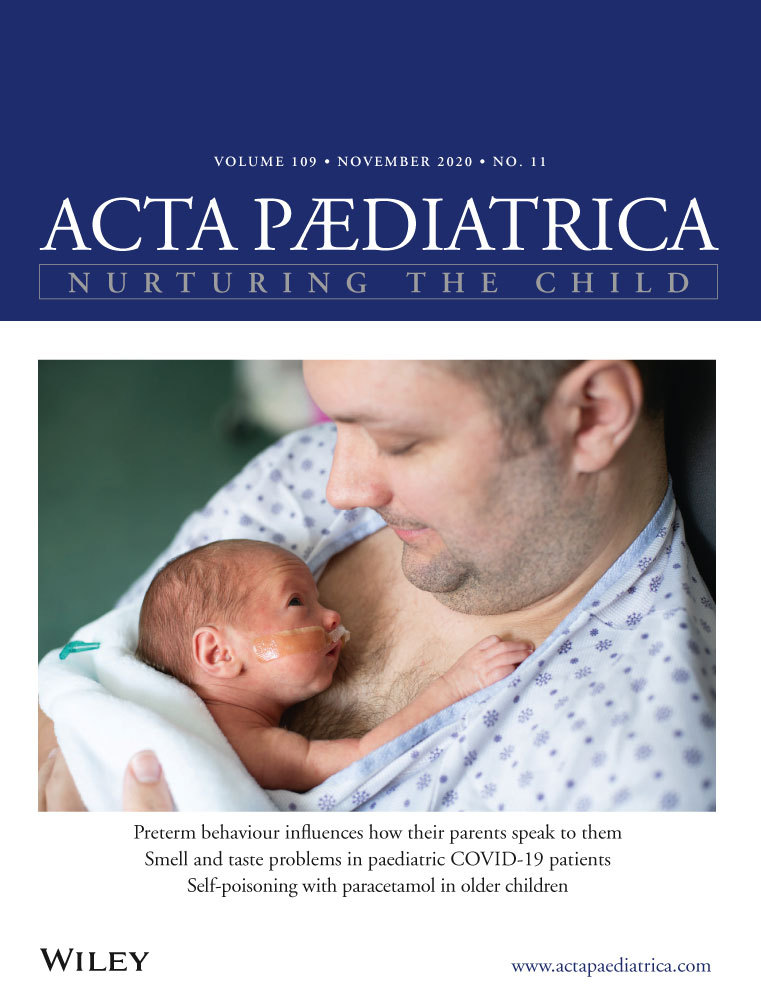Different baseline characteristics are associated with incident wheeze in female and male adolescents
Abstract
Aim
To investigate the independent relationships between baseline characteristics and incident wheeze in adolescents, with particular regard to gender.
Methods
Adolescents (N = 959), aged 12-15 years, answered a standardised respiratory questionnaire and underwent height and weight measurements at baseline. Four years later, 96% of the subjects completed a similar questionnaire. The present study included the adolescents without self-reported wheeze at baseline (n = 795; 394 girls).
Results
The proportion of adolescents with obesity was higher among subjects with incident wheeze than among subjects who never reported wheeze: 19.1% vs 8.3%. When stratifying for gender, this difference was only found in girls. In stepwise logistic regression models (odds ratios [95% confidence interval]), obesity (2.84 [1.17-6.86]) and rhinitis (3.04 [1.53-6.03]) at baseline and current smoking (2.60 [1.16-5.82]) at follow-up were associated with incident wheeze in girls. For boys, FEV1 <−1.65 standard deviation (3.20 [1.04-9.79]), family asthma (3.16 [1.46-6.86]) and seasonal allergic symptoms (5.61 [2.56-12.27]) at baseline were independently associated with incident wheeze.
Conclusion
Data stratified by gender showed that obesity in girls and an atopic constitution in boys were independently associated with increased risk of developing wheeze within four years.
CONFLICT OF INTEREST
KA has received research support from Aerocrine AB and LN from AstraZeneca. The other authors reported no conflicts of interest in relation to this work.




